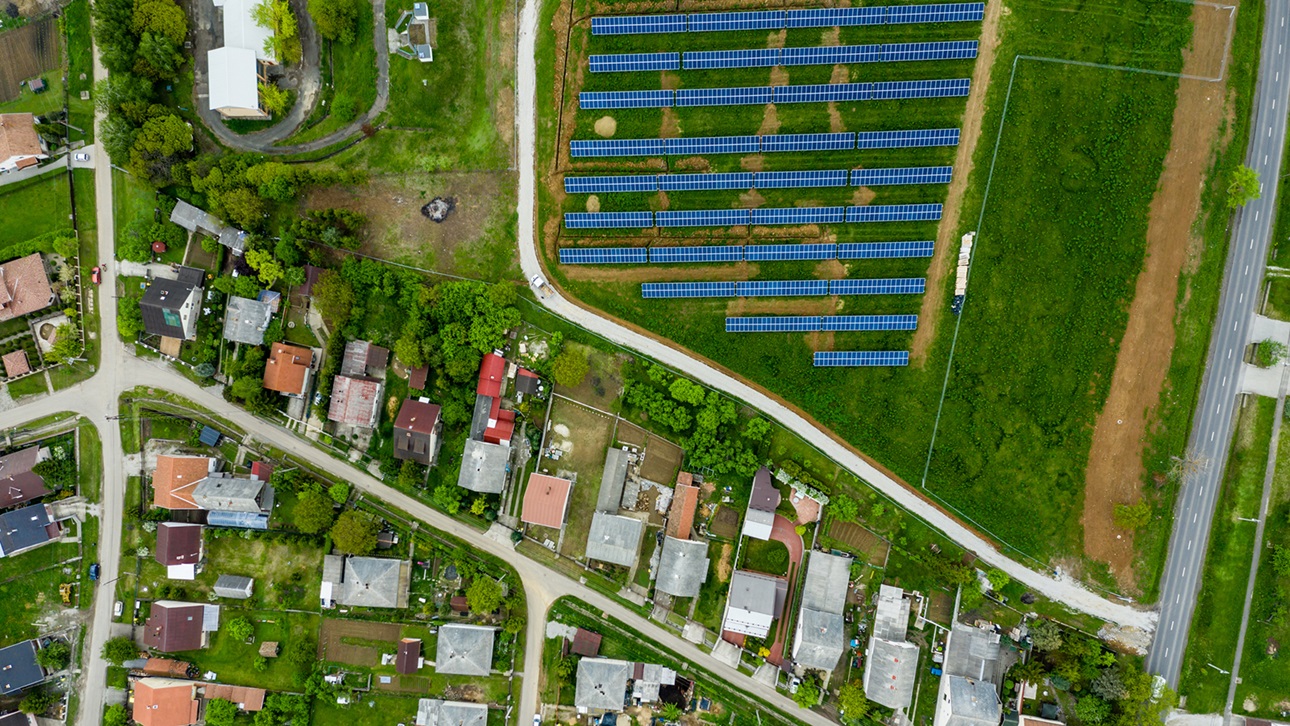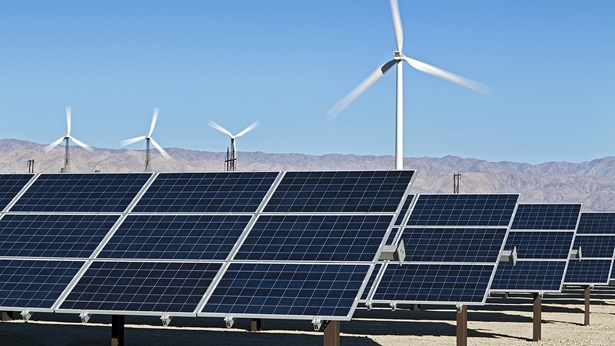What happens if the lot you’re building on is not quite right for solar? It could be in a wooded area; not possible to orient the home so that the roof achieves ideal sun exposure; a small or complex roof area; limitations on the neighborhood’s transformer; restrictions set by the municipality; or a host of other reasons. You may also have clients who rent their home. One solution could be to educate your customers about community shared solar, which can take on many forms depending on the project’s ownership structure.
Community solar allows multiple people to benefit from solar energy — usually in the form of a credit on the electric bill — even if the panels are located at an offsite location. This two-minute video explains some of the basics of how community solar power works. The setup of a community solar project depends highly on the state and utility territory, so understanding local utility policies is critical.
Subscription Model
Some community solar arrangements are based on individual subscriptions. In this model, the subscriber does not own the panels, but instead simply buys power from the community solar project at a lower rate than they currently pay for their electricity.
The subscription may save the member a certain percentage of money off their utility bill (5-15%). In a subscription-based model, there tend to be short-term contract options, with little to no upfront costs for the participant. Oftentimes, the project is already built (by a third-party solar developer, a utility, or a non-profit), and people can sign-up until a program becomes fully subscribed.
This type of subscription model differs from mailers your customers might receive about switching electric supply companies. Some electric suppliers offer 100% renewable energy for a small premium. (The customer’s utility company stays the same, but the electric supplier would change.)
This is different from subscribing to a community solar project. Changing electric suppliers might end up being more expensive because the suppliers sometimes change the pricing structure month-to-month. Community solar subscriptions, however, tend to guarantee a certain percentage of savings each month.
Ownership Model
In this framework, participants own specific panels in the larger offsite project or a share of the project. This allows the owner to take full advantage of all the power that the PV panels produce, and sometimes even allows them to receive a federal tax credit or other state/local financial incentives for solar.
By owning a portion of the panels, participants receive greater savings potential over time (as compared to a subscription model) and depending on how the project is set-up, they may be able to finance the purchase with a loan. The solar share owner receives credit on their electric bill through virtual net metering and can benefit from all of the power generated by those individual panels.




